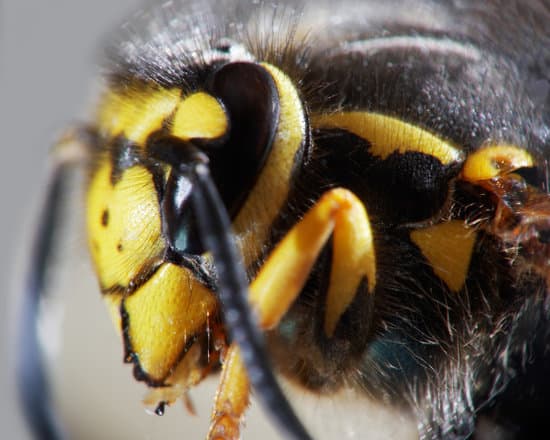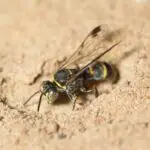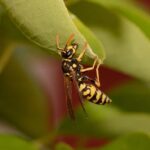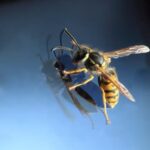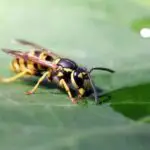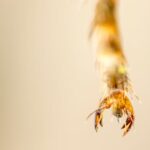What Do Wasps Provide to the Environment?
Despite their reputation for stinging humans, wasps are actually beneficial to the environment. They play an important role in regulating populations of pests and in pollinating crops.
Wasps can be divided into three main groups: social wasps, solitary wasps, and parasitoids. Social wasps are predators and control insect populations. They swarm and build hanging or cavity nests. They capture insects, including spiders, caterpillars, greenflies, and other parasitic insects. Their colonies can be a nuisance, especially at certain times of the year.
There are about 33,000 species of stinging wasps worldwide, and many people don’t like them. But a review by researchers at University College London (UCL) shows that the wasps provide important ecosystem services. They help control pests and pesticides, and help to keep the environment clean.
The majority of wasp species are parasitoids. The larvae of these insects consume their host’s body, while the adult wasp feeds the larvae. Their food source is mainly a sugary solution that is produced by the larvae in response to solicitation by adults.
Wasps also help to control pests by providing a habitat for other beneficial insects. They also transfer pollen and nectar when they visit flowers. They also have a stinger, which is used for ovipositing.
Wasps are important because they reduce waste in their environment. Wasps are decomposers, cleaning rotting flesh and releasing seeds. In addition, their venom contains powerful antibiotics. Wasps are also predators and hunt insects that spread disease.
